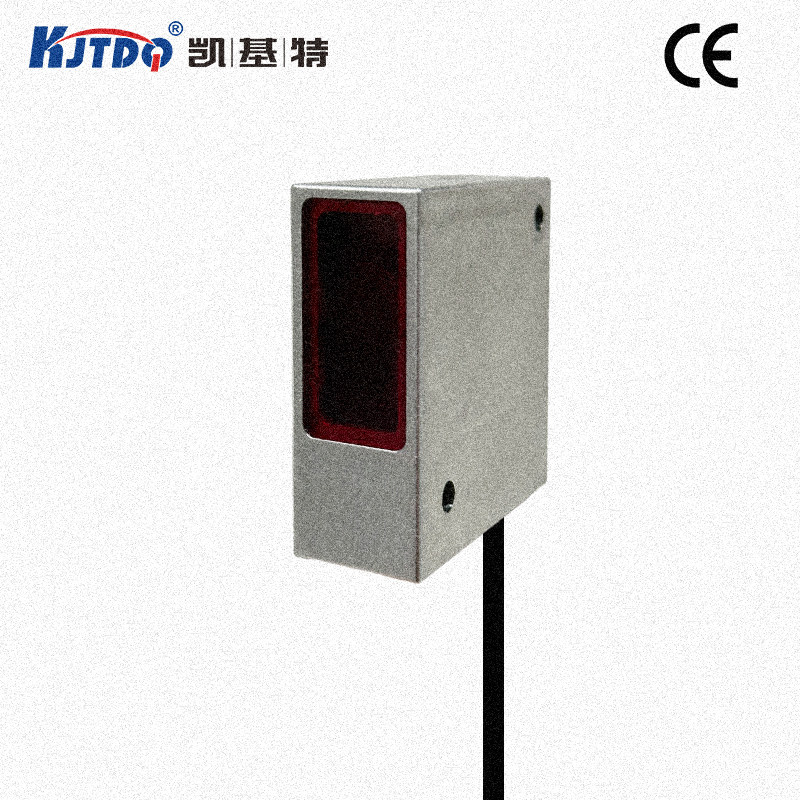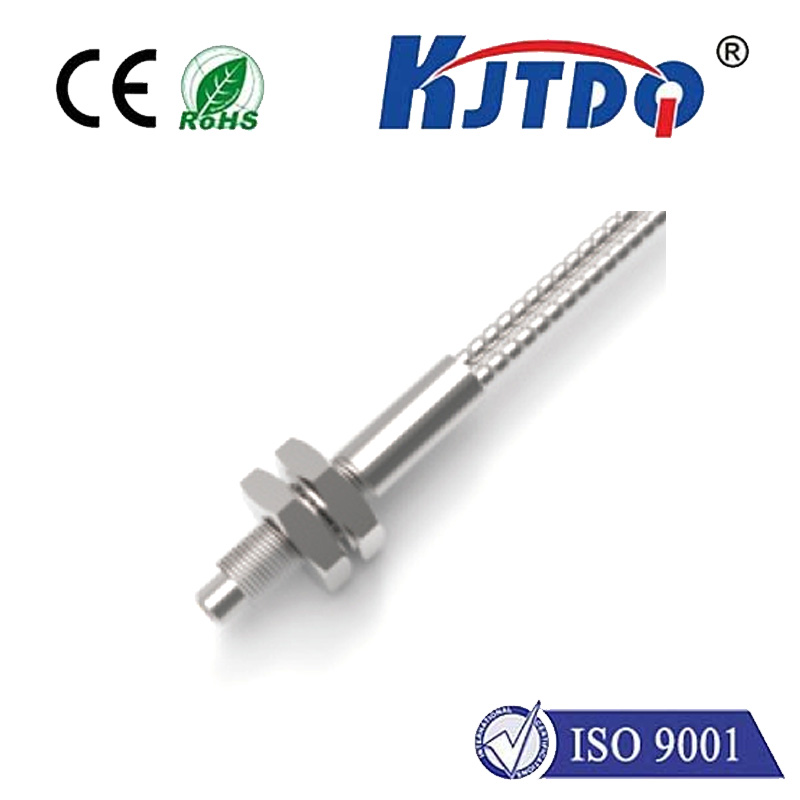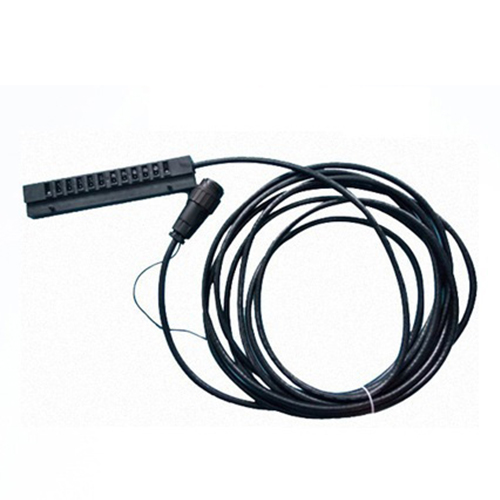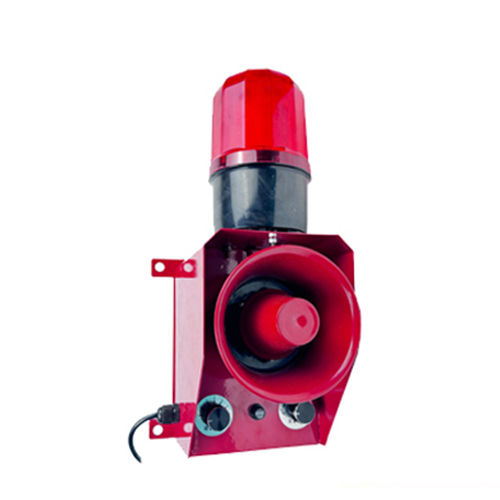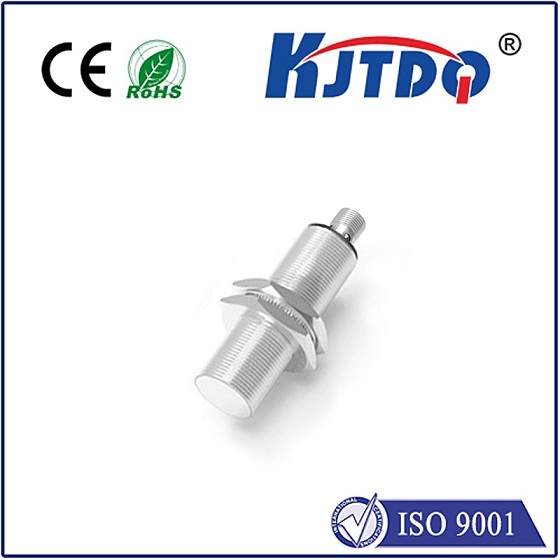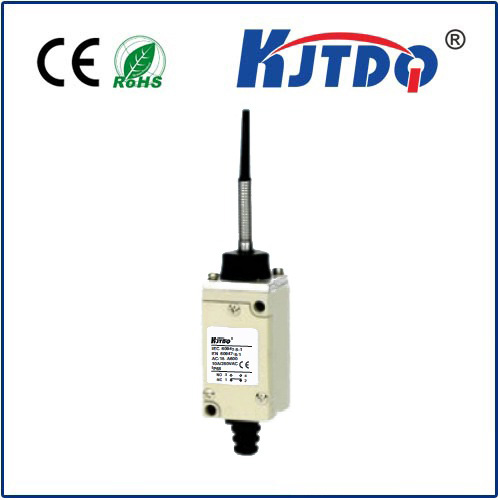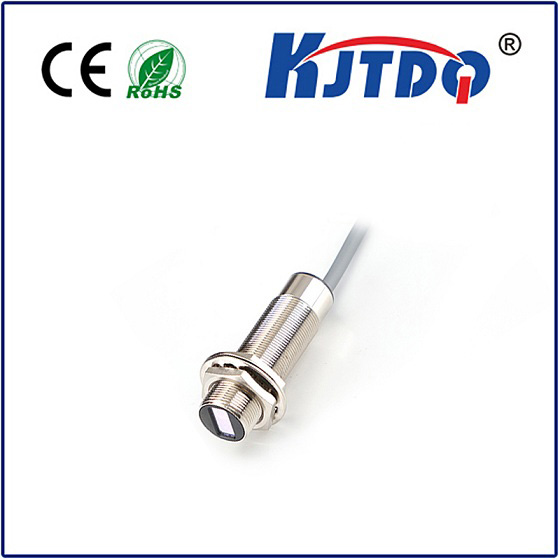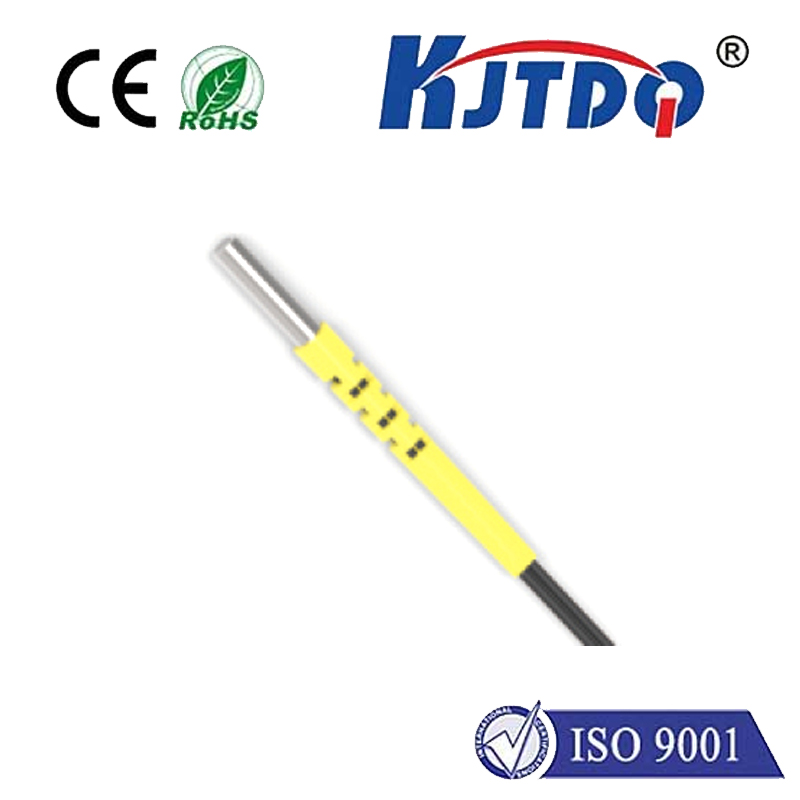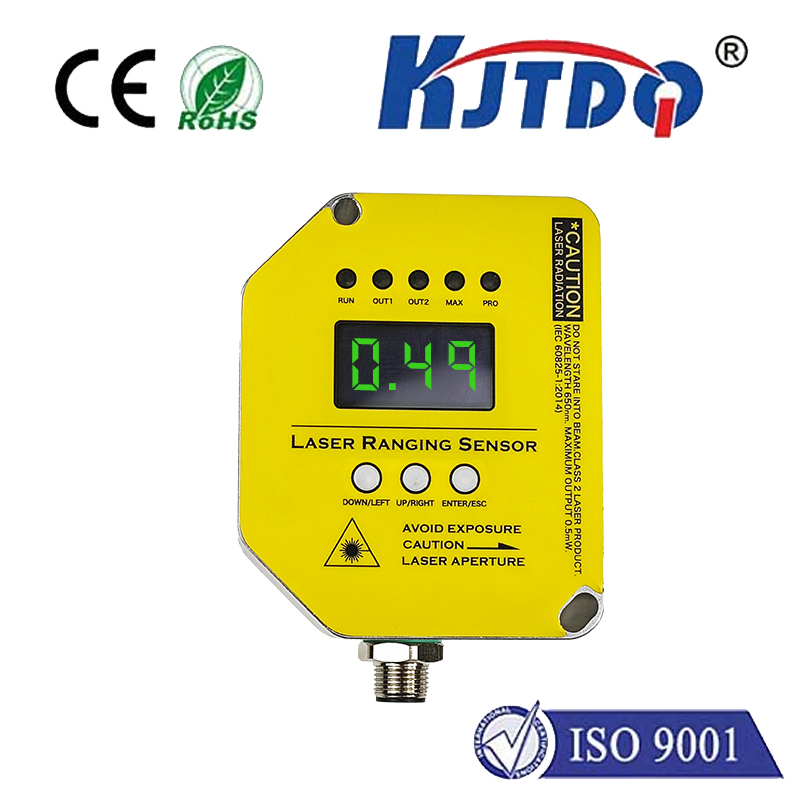sensor diffuse proximity a45638
- time:2025-09-07 02:56:13
- Click:0
Sensor Spotlight: Unveiling the Diffuse Proximity Sensor (A45638) and Its Silent Influence
Look around. Your smartphone screen dims as you raise it to your ear. A hand dryer activates without touch. A manufacturing robot arm glides past an obstacle with precision. These seemingly mundane interactions often share a hidden hero: the diffuse proximity sensor. Devices like the A45638 model exemplify this ingenious technology, quietly enabling automation, safety, and convenience across countless applications. Let’s demystify how these sensors work and explore why they’re so fundamentally important.
At its core, a diffuse proximity sensor is a non-contact detection device. Unlike mechanical switches requiring physical touch, it senses the presence, absence, or distance of an object using an invisible beam – most commonly infrared (IR) light. The term “diffuse” is crucial. Here’s the fundamental principle:
- Emitter: The sensor houses an IR light-emitting diode (LED).
- Reflection: This LED constantly emits an invisible beam of infrared light outwards.
- Diffuse Reflection: When this beam strikes an object within its detection range, light reflects diffusely – scattering in many directions off the object’s surface (regardless of color or material, within reason and sensor specifications).
- Receiver: A phototransistor or photodiode receiver, positioned near the emitter within the same housing, detects a portion of this diffusely reflected light.
- Signal Processing: The sensor’s internal electronics process the strength of the received signal. If the signal exceeds a predefined threshold, it triggers an output signal (e.g., switching a relay or sending a digital signal) indicating the object’s presence.
Why Choose Diffuse Proximity over Other Types?

Proximity sensors come in various flavors. Understanding the diffuse reflection principle highlights its key advantages:
- Simplified Installation: Only one unit needs mounting (housing both emitter and receiver), unlike through-beam sensors requiring precise alignment of separate emitter and receiver units across a gap. This makes installation significantly easier and less prone to misalignment issues common in complex machinery like automated guided vehicles (AGVs) or conveyor systems.
- Object Flexibility: They can detect a wide variety of objects – metallic, non-metallic, opaque materials like plastic, wood, cardboard, or liquids – provided the object diffusely reflects enough IR light back to the receiver. This versatility is critical in packaging lines handling diverse products or in detecting pallet presence in logistics.
- Solid-State Reliability: With no moving parts, they offer high durability and long operational life, ideal for harsh industrial environments like metal fabrication shops or automotive assembly lines where dust and vibration are common.
- Cost-Effectiveness: Generally simpler in design and installation than through-beam or retro-reflective sensors, they offer excellent performance at a competitive price point, making them a popular choice for bulk applications requiring basic presence detection.
Specifying Performance: What the A45638 (and Similar Models) Tell Us
Model numbers like A45638 typically designate a specific sensor variant with defined technical characteristics. Key specifications to consider include:
- Sensing Distance: The nominal range at which the sensor can reliably detect a standard target (often a matte white surface). For a diffuse sensor like the A45638, this distance is unique because it’s inherently shorter than equivalent through-beam sensors. The target material, color, size, and surface finish significantly impact the achievable sensing range. For instance, a black object absorbs more light, reducing the effective range compared to a white one.
- Output Type: Common outputs include NPN/PNP transistors (3-wire), analog current or voltage (e.g., 4-20mA, 0-10V - providing distance information), or relay contacts. The proximity sensor uses this output to interface with PLCs, controllers, or directly with machinery. The A45638 might be optimized for a specific output type suitable for its intended market.
- Light Source: Almost always infrared for diffuse models due to its insensitivity to ambient light interference when properly filtered, though red light versions exist for visible beam alignment where needed (less common for proximity sensing).
- Beam Pattern: Some sensors offer focused spots, others wider beams. Understanding the beam geometry is vital for reliable detection of the target shape.
- Environmental Ratings: IP ratings (e.g., IP67) indicate resistance to dust and water ingress, crucial for sensors exposed to washdowns or outdoor elements, like in food processing plants or automated farming equipment.
- Response Time: How quickly the sensor reacts to an object entering or leaving its detection field, important for high-speed applications like bottling lines or electronic component assembly.
Where Diffuse Proximity Sensors Shine (Like the A45638 Concept)
The versatility of diffuse proximity sensing makes it indispensable:
- Industrial Automation: Object presence/absence on conveyors (tracking boxes, bottles, parts), bottle/can counting, robotic arm end-of-travel detection, pallet positioning in warehouses, and machine guarding where non-metallic guards need monitoring.
- Packaging Machinery: Detecting cartons, bottles, trays, labels – handling diverse materials reliably on high-speed lines.
- Material Handling: Verifying bin levels (non-metallic pellets, powders, cardboard), detecting package jams on conveyors, or confirming hopper gate positions.
- Consumer Electronics: Smartphone screen on/off detection (when held near the ear), hand dryer activation, automatic soap dispensers, touchless faucets – enhancing hygiene and user experience.
- Automotive: Seat occupancy detection (non-metallic materials), glovebox light activation, hood/trunk lid status, non-contact switch panels within dashboard clusters.
- Building Automation: Automatic door activation sensors (especially where beam alignment is impractical), occupancy sensing in lighting control for non-metallic partitions.
Optimizing Your Diffuse Proximity Sensor
To achieve reliable results:
- Respect the Range: Always operate within the specified nominal sensing distance for the target material. Remember that dark or glossy surfaces significantly reduce range.
- Mounting Matters: Ensure the sensor face is parallel to the target surface for optimal reflection. Avoid mounting too close to shiny backgrounds that might cause false reflections. Vibration-resistant mounts are crucial in heavy machinery.
- Mind the Environment: Bright sunlight, intense artificial light, or excessive dust/dirt interfering with the lens can cause false triggering or failure. Choose sensors with robust ambient light immunity and appropriate IP ratings. Sensors like the hypothetical A45638 would be designed with specific environmental tolerances.
- Choose the Right Output: Match the sensor output (digital switch, analog distance) to your control system requirements. Analog sensors provide more information but require compatible controllers.
- Consider Background Suppression: Some advanced diffuse proximity sensors incorporate background suppression technology. These focus only on objects within a specific, close range, ignoring objects or backgrounds beyond that zone, improving reliability when mounting near potential false targets. While “A45638” might imply a standard diffuse model, this feature exists for demanding applications.






